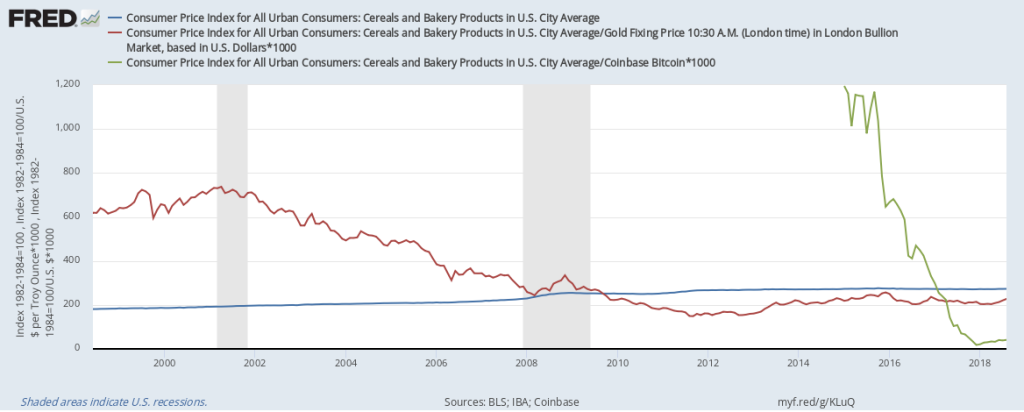Much research has been published on the labor market transition from low-skill and routine jobs to high-skill and non-routine jobs at both a national and a local level. But is this job polarization occurring to the same degree across the country? A recent report co-sponsored by the St. Louis Fed looks at the issue of workforce development in light of this changing economy, especially in southern regions of the U.S. that typically rely more on a low-skilled and low-wage labor force. These GeoFRED maps show that the southern states typically have lower levels of educational attainment for both high school (map above) and bachelor’s degrees (map below).
With a currently tight labor market, there’s demand for skilled workers, since these positions are also seeing the most growth. But for some regional economies, especially in southern states, there seems to also be an unmet demand for middle-skill jobs that require more than a high school education but not a four-year college degree.
The FRED graph below shows that the unemployment rate is lower for those with some college and/or an associate’s degree than (i) for those with only a high school diploma and (ii) the overall national unemployment rate.
The southern states trail the rest of the nation in median wages and there are more persistently poor counties in the south. There seems to be an opportunity, then, for investing in that workforce to create a better-skilled labor pool to help grow the regional economy.
How these maps were created: The original post referenced interactive maps from our now discontinued GeoFRED site. The revised post provides replacement maps from FRED’s new mapping tool. To create FRED maps, go to the data series page in question and look for the green “VIEW MAP” button at the top right of the graph. See this post for instructions to edit a FRED map. Only series with a green map button can be mapped. For the FRED graph, search for “civilian unemployment rate.” In the “Edit Graph” panel, add two lines by searching for “unemployment rate associate degree” (series ID LNS14027689) and “unemployment rate high school” (series ID LNS14027660).
Suggested by Shuowei Qin and Christian Zimmermann.

